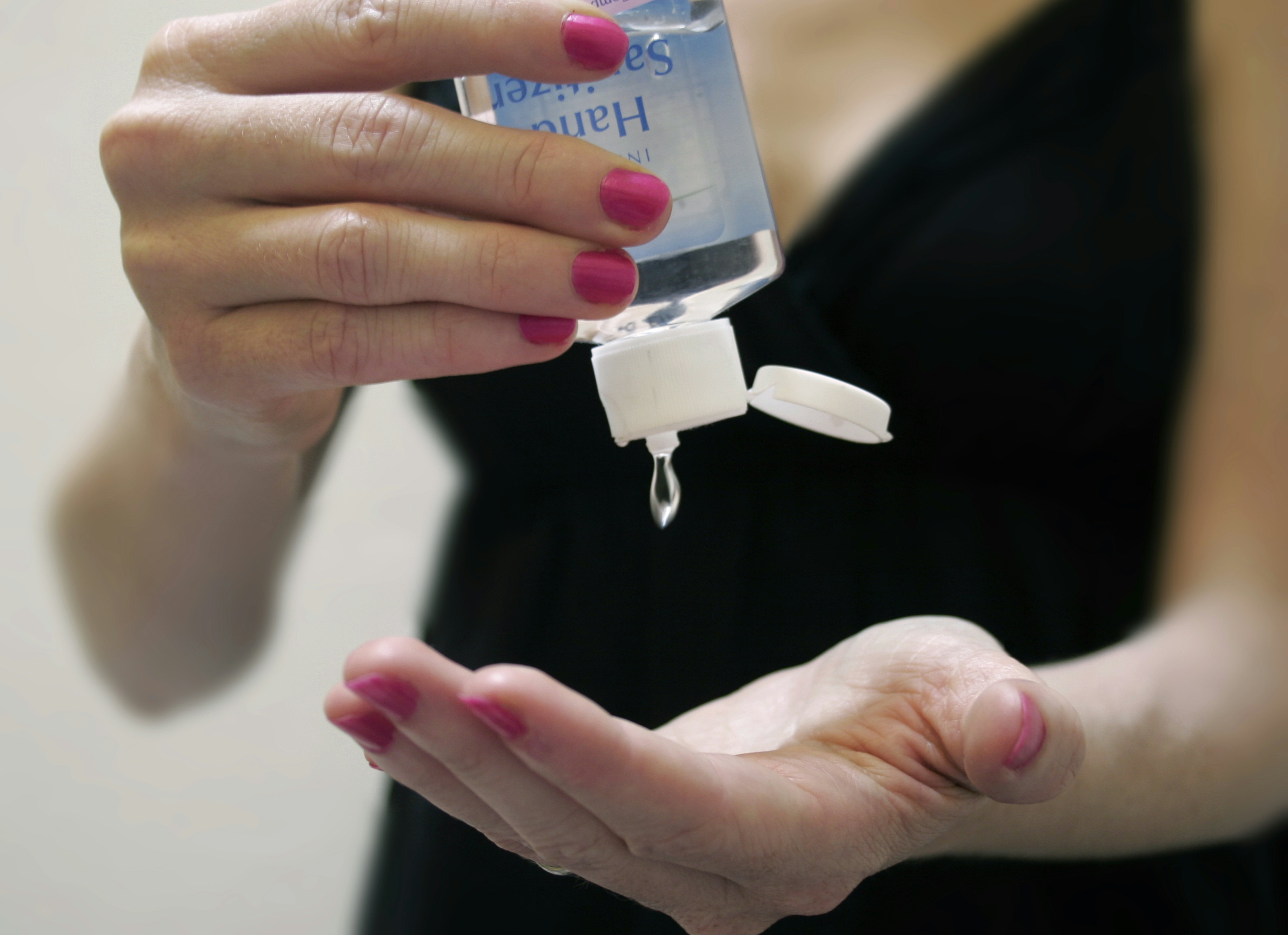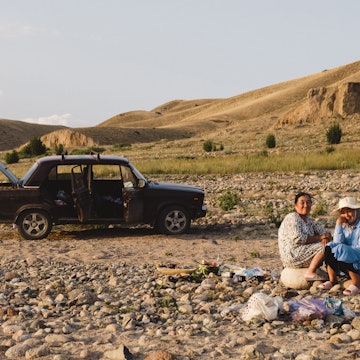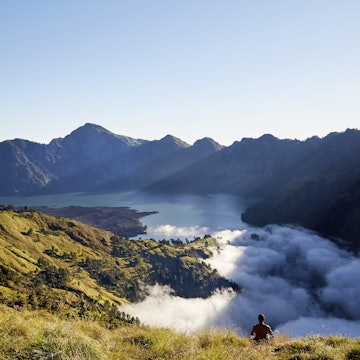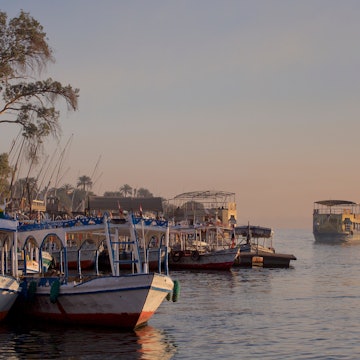

If you have to travel now, here's how to do it safely © D-Stocker / Shutterstock
As parts of the world continue to remove quarantine restrictions, but others lock down amid clusters to avoid a second wave, some of us will be traveling sooner rather than later. Aviation journalist John Walton looks into how you can keep you and yours safe when you’re on the road in the immediate future.
If you absolutely, positively need to travel, that’s now becoming possible in a wide number of countries, although a number of restrictions still remain. I’m not here to ask you whether your July holiday is sensible, or whether visiting an elderly relative is wise – that’s a massive question on its own – but to offer some suggestions on what you can do to stay as safe as possible when travelling.
Check your travel and medical insurance
First off, check your travel insurance. Is disruption caused by COVID-19 or its effects, including flight cancellations, hotel unavailability, and so on, covered? I’d absolutely want to have a PDF or letter from my insurer stating what was and wasn’t covered for peace of mind. And if you’re traveling for work, or even partially for work, make sure that your policy covers that too.
Check your travel medical insurance next. Does it cover COVID-19 and related illnesses? Are you in any high risk groups that would make it particularly unwise to travel, or go near a hospital? What about accommodation if you get quarantined? Again, get (and keep) the paperwork.
You should talk to your doctor about the risks. If you can, I’d recommend getting (and have indeed had) a COVID-19 antibody test, so that you can make informed choices about your health and your travel. There seems to be some degree of false-negative in some testing, but it’s always better to be armed with as much information as you possible.

Prepare for keeping yourself safe during travel
The scientific and medical advice for keeping yourself safe in public spaces applies to travel: keep your mouth covered with a mask, avoid people who are not using masks, wash your hands thoroughly and regularly, avoid touching your face, and keep 2m (6ft) away from others at all times.
Physical distancing to 2m is impossible in some situations, like on an aircraft. You may want to figure out whether your airline is blocking middle seats or adjacent seats, which may give some protection. (The difference between middle seat and adjacent seat-blocking is that, with the middle seat rule, a set of two seats on one side of the aisle will have two passengers, while with the adjacent seat rule, it will have only one.)
Regardless of the seat-blocking situation, you’ll want to make sure you’re taking all other precautions seriously. Consider bringing a packed meal and eating it an isolated spot in the terminal away from other people rather than relying on the food on board, since you’ll need to remove your mask to eat.
Practice taking your mask on and off at home, and get your travel companions (especially kids) involved too. If you have reusable fabric masks, consider how many you might need for the trip, and think about how you’ll clean them on the road. One suggestion is to keep clean masks in one zip-top plastic bag and dirty masks in another.

Pack enough hand sanitiser for the trip. If you’ll be clearing security at a US airport, remember that the TSA now allows one 12-ounce hand sanitiser, but that other jurisdictions may still be operating the 3-ounce/100ml rule. Perhaps even decant some liquid hand soap into a mini travel bottle in the event that there isn’t any in a bathroom. You may also want to bring a stash of paper towels to dry your hands, in the event they’re in short supply too.
Think about changes of clothes and shoes when you get where you’re going, as well as where and how you’ll keep clothes that could possibly be contaminated away from others – in a separate piece of luggage or a black bag, for example – for 72 hours, which is how long the New England Journal of Medicine found the virus lasts on surfaces.
Prepare for quarantine, official or otherwise
Make sure you’re fully aware of what, if any, mandatory quarantine situation is likely to be in your destination. Even if you wouldn’t be subject to it now, see whether that jurisdiction is imposing quarantines on other places. It may take only one cluster to move the place you’re coming from into a mandatory quarantine order. You could even arrive at the airport to discover that a quarantine order has been placed while you’re in the air.
Definitely check with the airline and online about what paperwork will be necessary, and make sure you bring anything necessary with you.

Even if quarantine isn’t mandatory, it may well be responsible for you to isolate yourself for 14 days, particularly if you’re likely to come into contact with anyone who is in a high-risk group. If you’re staying with loved ones, make sure you have a discussion about what kind of safety practices you want to observe together, and think hard before commingling households immediately after travel.
Be especially wary if you have any kind of special food needs, whether that’s a vegetarian or vegan diet, religious observance or for medical reasons. I’ve seen people in mandatory hotel isolation having issues with the suitability of food options offered, for example, and I’d advise anyone – but particularly anyone with dietary requirements – to pack a few shelf-stable meals in their suitcase.
Research local food delivery services and bookmark them so that you’ll be able to find them later. Download any apps that make things easier, register for them before you leave home, and consider signing up for a local phone number using one of the many voice-over-internet-protocol (VoIP) online number services so that you can use that when ordering. Research grocery delivery services too, and create your account before you arrive, so you can take a look at what’s available.

If you have the option, think about planning the quarantine period as a super-chilled-out vacation: if you can, pick somewhere with a nice garden, terrace or balcony, and spend your time catching up on reading, spending quality time with your travel partners, or working on business and personal projects. If you’re fortunate enough to be working from home anyway, this might be even more feasible than you’d initially think.
Contact the nearest consulate of your home country in advance and ask if there is any particular advice, and figure out what regular consular services are available, such as lost passport replacement, for example.
You might also like:
Some countries want us to visit - but are we ready to travel?
These are the US states that require travelers to quarantine
Here’s what it’s like to visit a theme park during the pandemic














